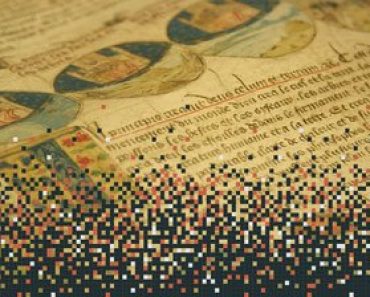Description
As primary sources of information are more frequently digitized and available online than ever before, how can we use those sources to ask new questions? How did Chinese families organize themselves and their landscapes in China’s past? How did African slaves from different cultures form communities in the Americas? What influences informed the creation and evolution of Broadway musicals? How can I understand or interpret 1,000 books all at once? How can I create a visualization that my students can interact with? The answers to these questions can be explored using a wide variety of digital tools, methods, and sources.As museums, libraries, archives and other institutions have digitized collections and artifacts, new tools and standards have been developed that turn those materials into machine-readable data. Optical Character Recognition (OCR) and the Text Encoding Initiative (TEI), for example, have enabled humanities researchers to process vast amounts of textual data. However, these advances are not limited just to text. Sound, images, and video have all been subject to these new forms of research.This course will show you how to manage the many aspects of digital humanities research and scholarship. Whether you are a student or scholar, librarian or archivist, museum curator or public historian — or just plain curious — this course will help you bring your area of study or interest to new life using digital tools.
Price: FREE to audit!
Introduction to Digital Humanities through edX, a platform for education founded by Harvard and MIT.
TUN Helps Students!
Scholarships
Community
Copyright, 2024 – TUN, Inc

